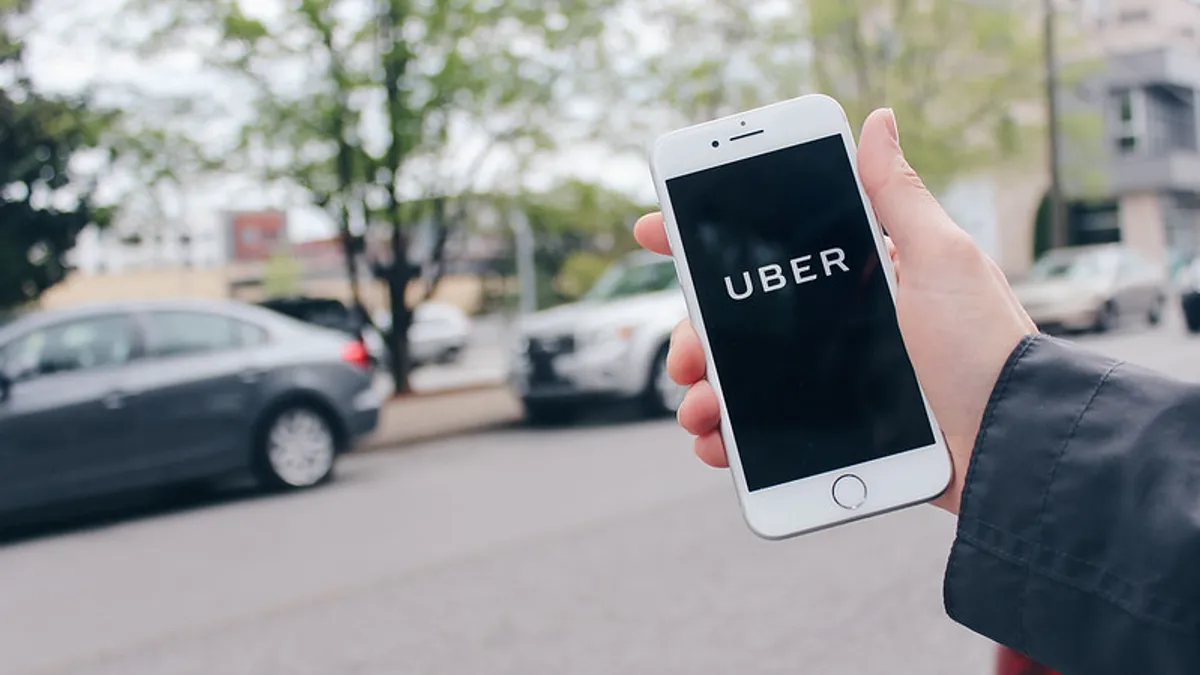Editor's Note: The following is a guest post from Dave Gallon, vice president of strategy & growth at MoceanLab.
In an already turbulent year, a momentous clash over California's AB5 sent shockwaves across the national mobility space. The contentious and high-cost debate centered on whether app-based ride-sharing and delivery drivers should classify as independent contractors or employees, spurring important conversations poised to reshape the sector’s future.
Voters this month handily approved Proposition 22 — the most expensive ballot measure campaign in state history, backed by Uber and Lyft — to create a special AB5 exception for drivers of app-based companies. Supporters said Prop 22 would enable drivers to keep their flexible schedules and protect the availability of ride-sharing and delivery services, while opponents contended that ride-hailing companies should cover driver benefits like healthcare and unemployment insurance, as other employers do.
Underlining the measure's high stakes: Uber and Lyft both raised the prospect of leaving California if forced to hire drivers as employees.
Whatever your opinion on the measure, this chapter marks a watershed moment for transportation. The conversations around Prop 22's approval have allowed us, as industry leaders and society, to pause, reflect, and consider how we can create a long-term vision for a more connected and equitable mobility landscape.
In the Los Angeles region, COVID-19 has already dealt painful blows to ride-hailing service ridership and to L.A. Metro, which recently approved steep reductions to bus and rail service. And just as the pandemic exposed grave vulnerabilities in Los Angeles' tattered mobility safety net, so too did the AB5 saga.
Ride-hailing has become a fixture in dense urban areas, but those services alone can't meet the divergent needs of California's 40 million residents. This is why pausing and rethinking how to best address those needs may serve as a blessing in disguise. A more equitable and sustainable mobility network – for both drivers and customers – depends on private and public sector innovations.
The passions that fueled Prop 22's debate signify why we must get it right. Think safe, zero-emission mobility that eases our crippling congestion, while expanding access to underserved communities and populations, including those with disabilities.
The world we envision offers a connected suite of mobility solutions, accessible to all residents and tailored to work for each traveler's budget, timeframe and values. That includes clean and efficient micromobility, urban air mobility, car-share, ride-share, dynamic shuttles and more, all working in concert together. This world must also complement existing public transit options, making the most of our significant investments in regional rail and bus service.
Consider the road ahead a blank canvas on which to craft answers we may not yet have considered, and a mandate to pioneer solutions to problems that have long been the norm. Even when Prop 22's outcome was uncertain, two up-and-coming ride-hailing companies said they plan to enter the L.A. market — an encouraging sign for continued progress, competition and pursuit of a common goal.
We must imagine new destinations for mobility in California. We must be relentless in honoring our core values, critical in assessing how well we care for our customers, expansive in serving all members of our communities, and bold in our vision for the future.










